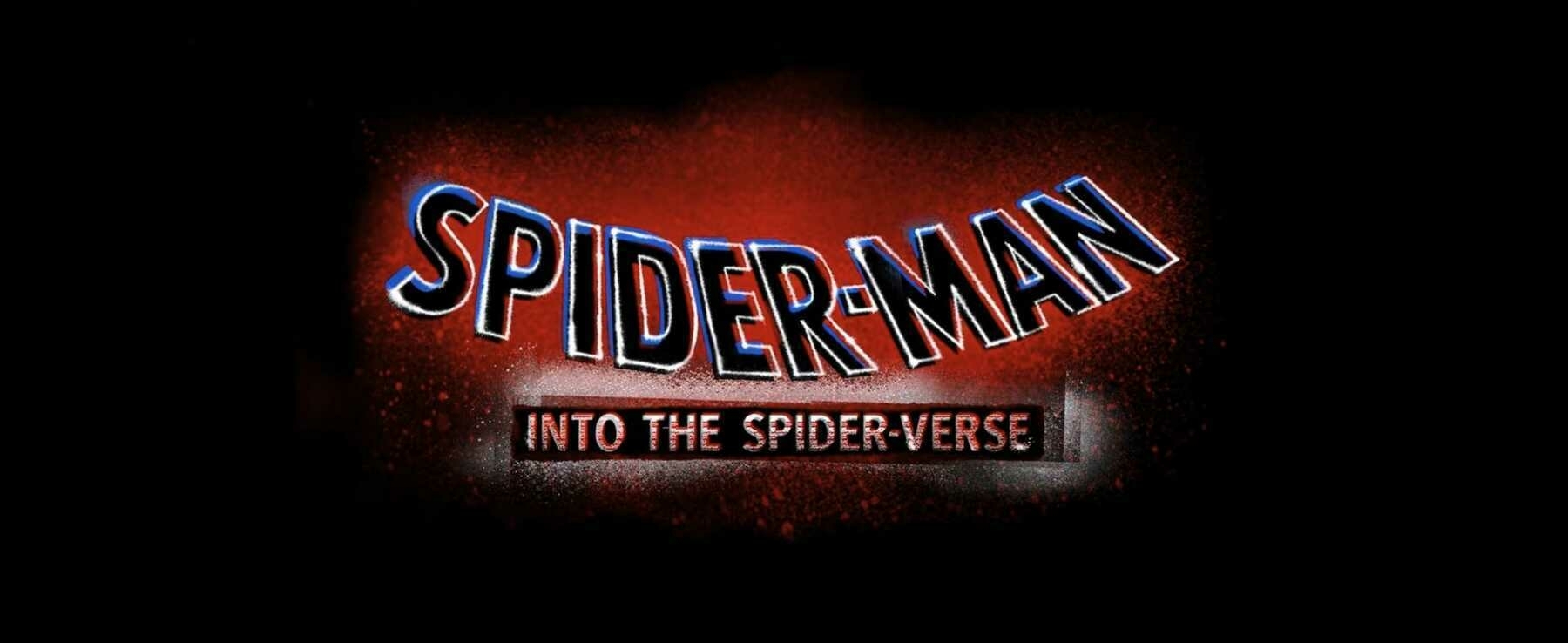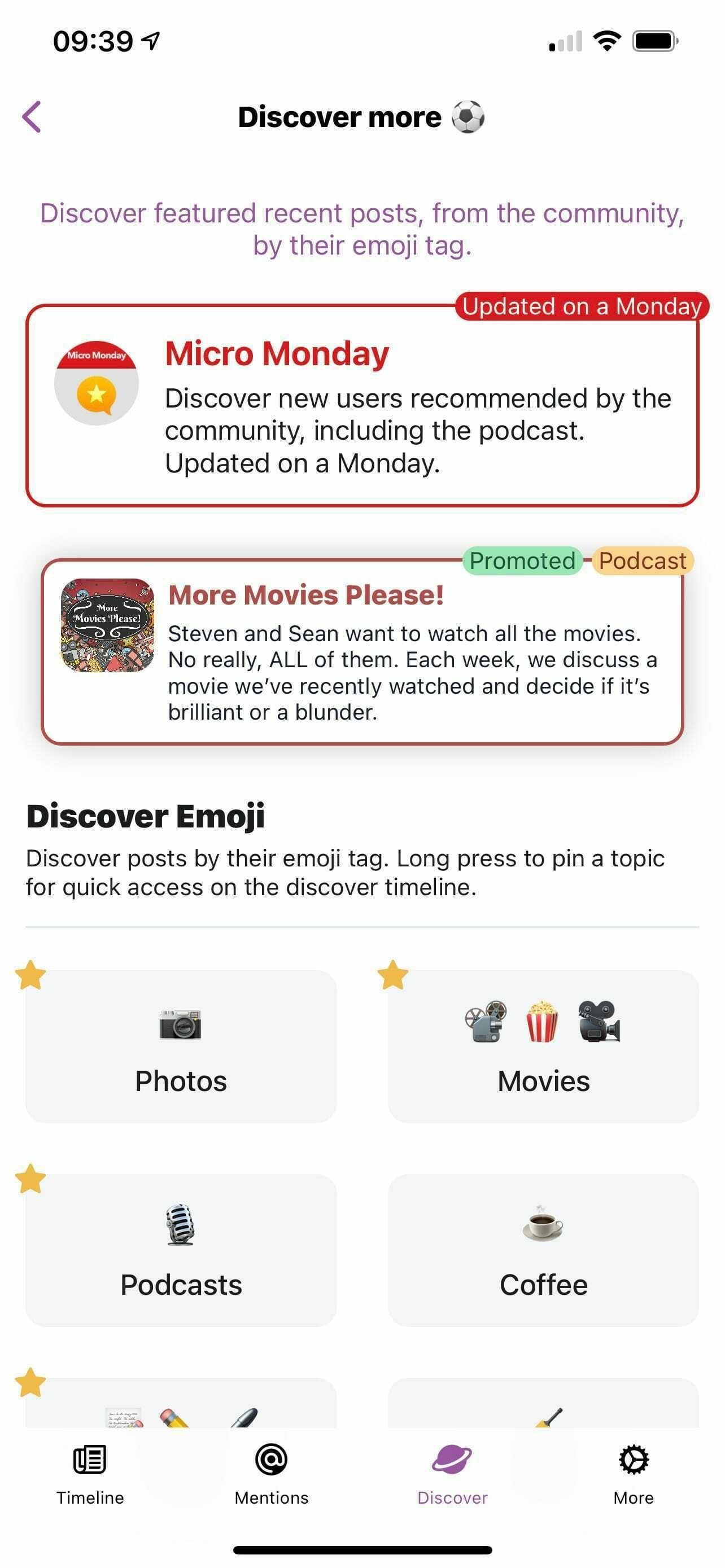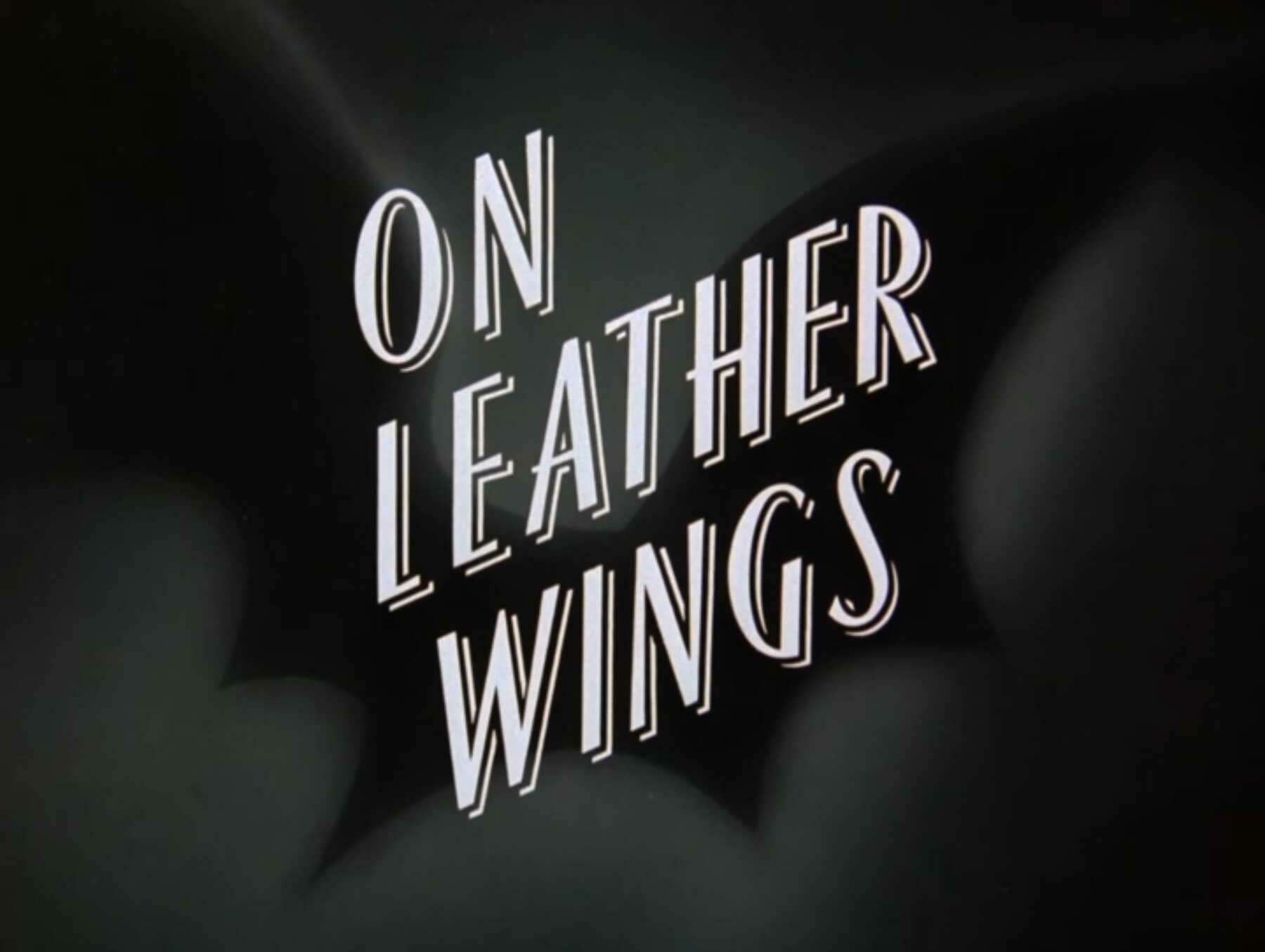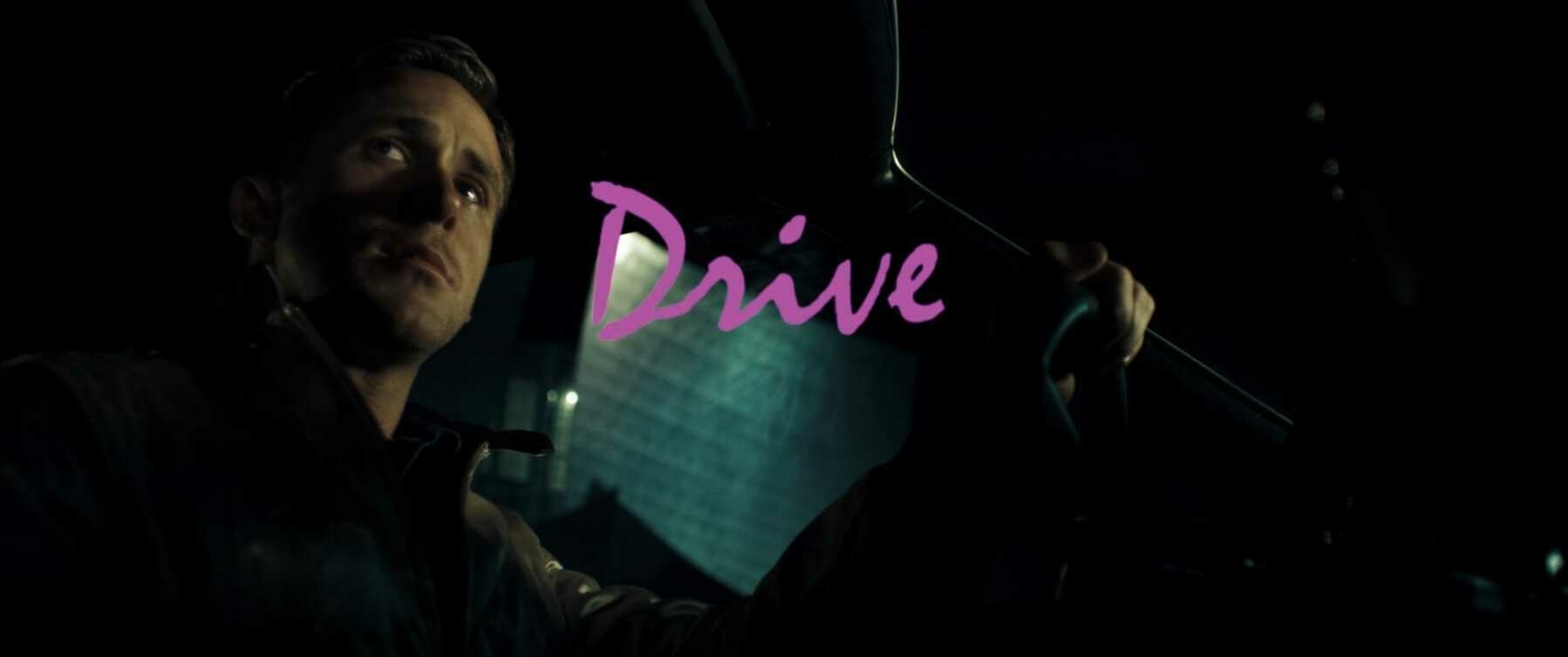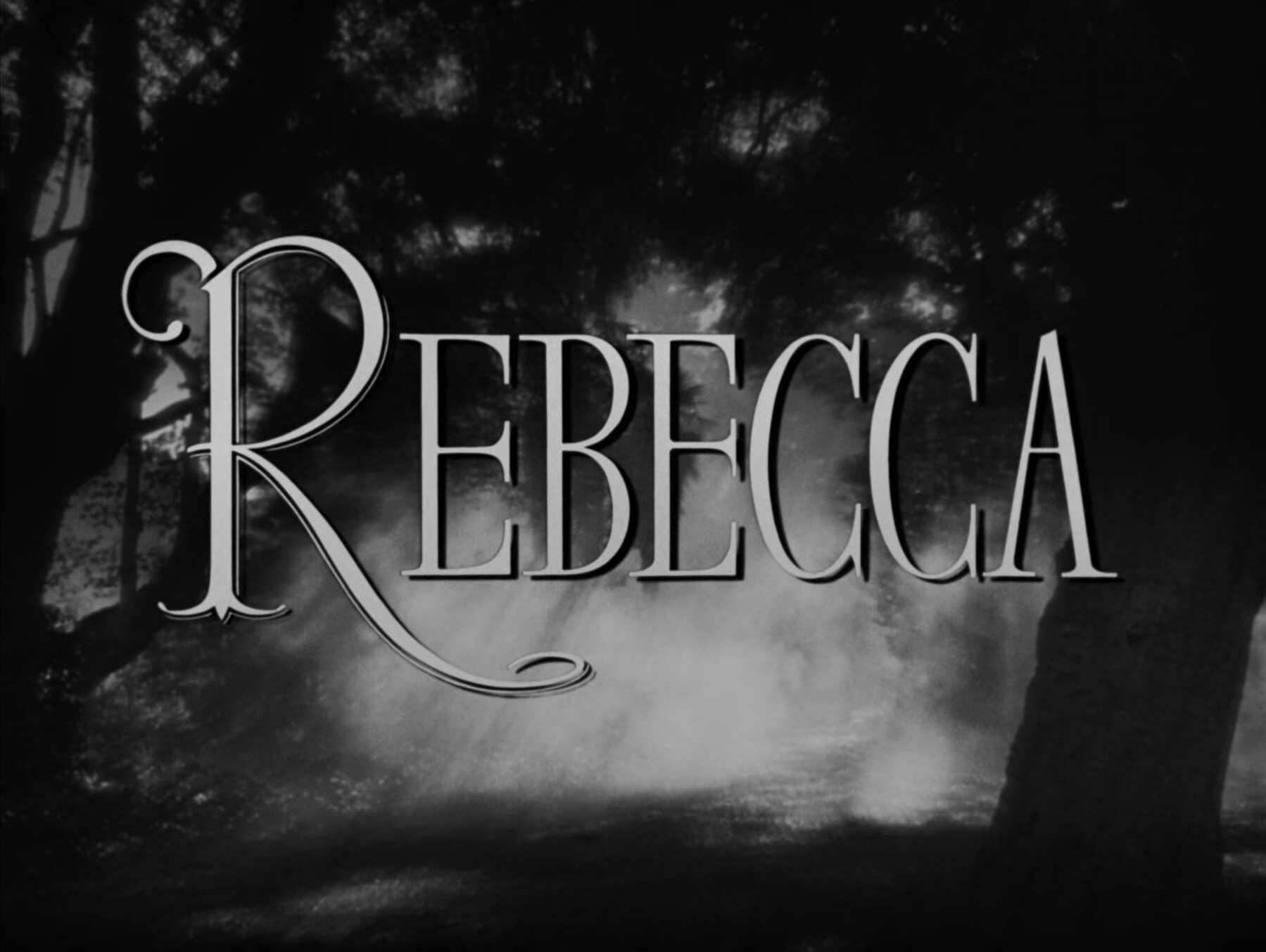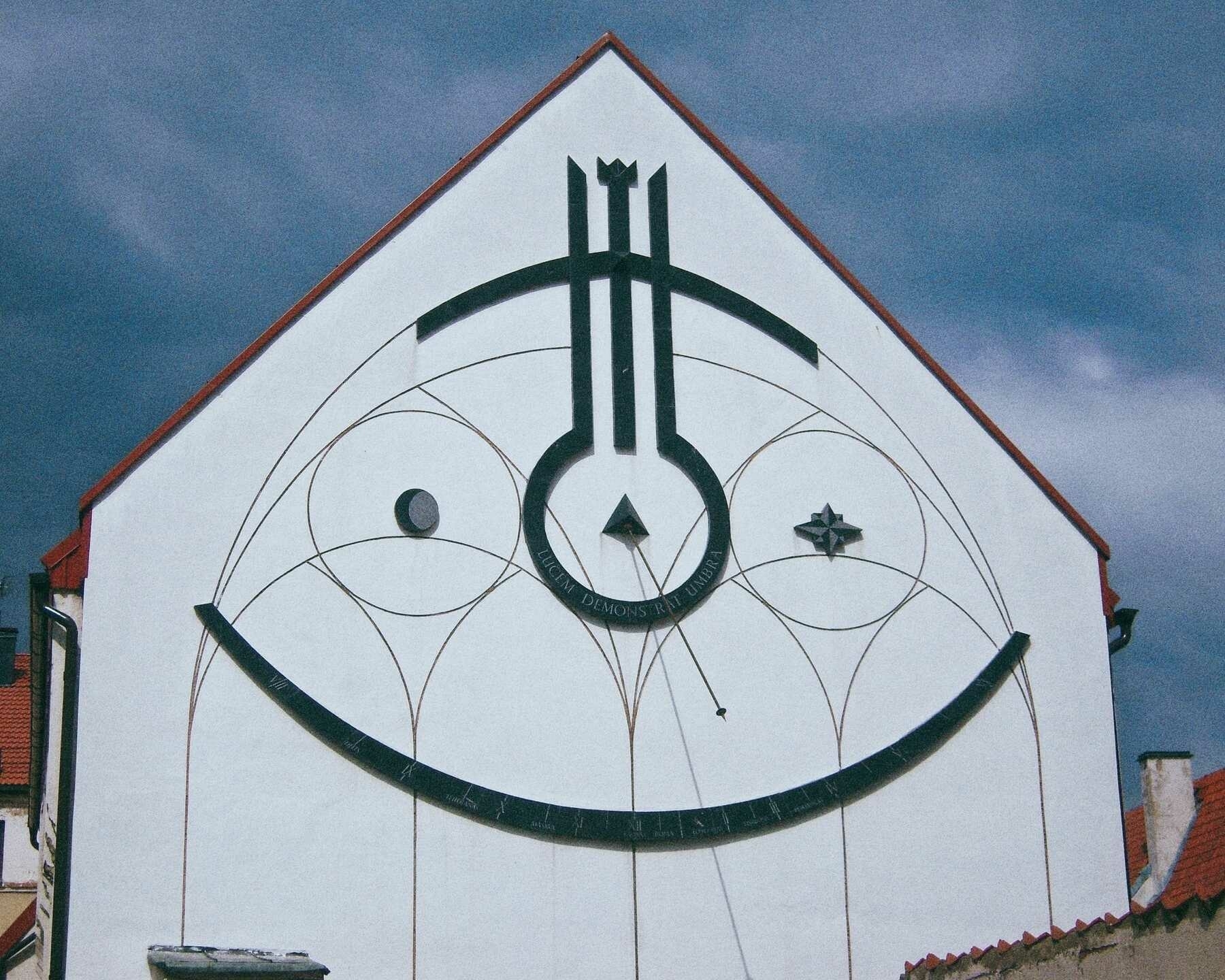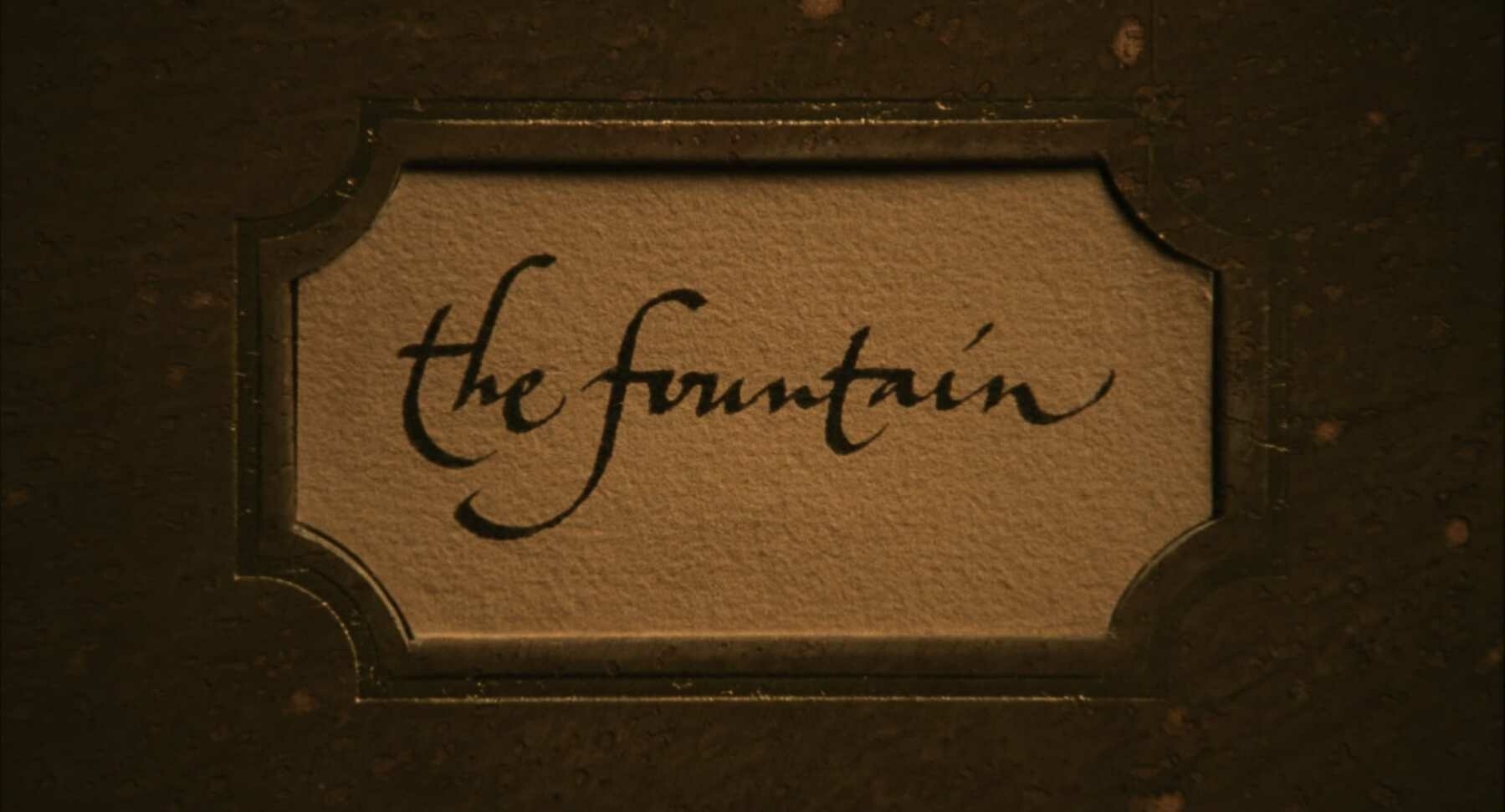- Room: I feel like I’m still struggling to absorb everything I saw while watching this marvel of a film. It was powerful, sad, and ultimately, redemptive. I’m absolutely amazed by the performances Brie Larson and Jacob Tremblay gave. They both deserve every accolade they received for this film. It’s going to stick with me for a long time. (★★★★½)
- The Favourite: Leave it to Yorgos Lanthimos to make a period piece as strange and uncomfortable as this one. Leave it to Olivia Colman to absolutely kill it as the petulant and demanding Queen Anne. Absolutely don’t skip over the towering performances given by Rachel Weisz and Emma Stone. This is a peculiar film because it’s full of everything that makes a film great, and yet it’s hard to watch at times. It’s unpleasant, in your face, and will refuse to leave your mind after you finish. It’s unique, and that’s a damn hard thing to find in the movies these days. (★★★★)
- Z for Zachariah: Oddl,y I would have loved to see a much longer version of this film. Show me more of the characters’ daily lives after an apocalyptic event. Give me a slow burn on the increasing tensions between Margot Robbie, Chiwetel Ejiofor, and Chris Pine. What I don’t want is a rushed loved triangle and unexamined hurt feelings. I loved the performances. I just wanted more story. (★★★)
- WeWork: or The Making and Breaking of a $47 Billion Unicorn: I saw this one while recuperating from my second COVID vaccination, and I think that was a mistake. There are few things that are going to make me more sickly and hopeless than watching a smooth-talking cult leader explain in greeeeeeat detail how we’re all WE. We’re all together. We can do great things through the power of thoughts and blah blah blehch. Also, he needs gobs of money to make it happen because that’s just how swindlers do things. I won’t deny that Adam Neumann was a smooth talker, but in the end, he was way too high on his own supply. (★★★)
- The Transporter: Jason Statham kicks people’s faces, sleeps with women, and slathers himself down with oil while half-naked. This all happens to a soundtrack that was probably called “Luc Besson’s Naked Rubbing Time Playlist” and was most assuredly made by Besson himself. (★★½)
- Foreign Correspondent: A pretty decent Hitchcock film is still a damn sight better than a lot of other films. Foreign Correspondent keeps the thrills and duplicity going at a fine pace. As with many of his earlier films, this one is overshadowed by the towering legends of his best work, but that doesn’t make it any less satisfying. You can really feel the director figuring out how to tell grander stories. He’s stretching out his talents. He’s laying the groundwork for what’s to come, and that’s a foundation you can build a damn house on. (★★★½)
- The Verdict: The film that kicked off my newfound appreciation for courtroom dramas. Paul Newman is one of the most captivating performers of his time and here he gives one of his most understated performances of his career. His beleaguered Frank Galvin is an admirable man looking to fight a system that’s intent on crushing him. He dares to fight this film’s version of The Man and it nearly does him in. Sidney Lumet directs a script written by David Mamet. The combination of these three legends is probably all you need to know about this magnificent film. (★★★★½)
- A Few Good Men: A knock-down, exultant film about a team of military lawyers looking to bring justice to a world that often operates outside of the law. Wrongdoings are done in the name of national security and this brave cadre dares to meet the orchestrators of the crime head-on. The ending is bittersweet—justice is found, but at the loss of purpose for a pair of soldiers caught up in one person’s machinations. Nonetheless, the performances are riveting. There’s a clear reason why much of this film is still so present in everyone’s minds. It leaves an indelible mark, and sticks with you. (★★★★)
- Philadelphia: If someone needs any indication that the ‘80s (and early ‘90s) could be an extremely rough and close-minded time, they should look no further than this film. There are some masterful performances here, but none more so than the one that Tom Hanks gives. He truly deserves the Oscar he received for his tragic Andrew Beckett. It’s quite the thing to watch a person deteriorate into nothing as his livelihood and existence is picked apart, ridiculed, and reduced to ignorant assumptions about gay people. This is powerful and important stuff. I’d call it a must-watch for everyone. (★★★★)
- Monsters: For a film with the name it has, there are few monsters seen. I think that’s to its benefit. Much like how you don’t see Jaws until the very end of that film, the fear and power surrounding these alien creatures only grows in strength when you don’t see them. They’re spoken of in news broadcasts and frightened whispers, making them seem more fearsome than they might actually be. Indeed, I wonder if they’re actually the “monsters” that the title refers to, or is it really the human beings that keep trying to destroy them for daring to exist on this planet? Scoot McNairy and Whitney Able give great, improvisational performances. They tie the film together and give it an actual, meaningful story. (★★★★)
- Suspicion: Boy, will this one keep you guessing throughout its entire running time. What’s going on with Cary Grant? Why can’t he keep a job? Is he actually some maniac on an unstoppable murder rampage? It’s a fun film to watch on a lazy weekend afternoon, as I did. Joan Fontaine won an Oscar for her performance in this film, and while I do think she deserves all the awards, her performance in Rebecca was the stronger of the two. Still, it’s nice all around. (★★★½)
- A Goofy Movie: Talk about taking a step back into the ‘90s. This was a nostalgia trip all the way. It came out in 1995, and I’m certain I saw it in the theater. Probably with my dad. That’s a great way to see a film like this. Parents would do well to watch Goofy try his damnedest to bond with his son with their own children. It’s a nice ride and the music was awesome. (★★★)
- Yojimbo: Toshiro Mifune was always one of my most revered actors. He’s quickly becoming my absolute favorite. The first thing I saw him in, as I’m sure is the case for many others, was Seven Samurai. He’s wrestled some control back from his wild Kikuchiyo character and turned himself into a confident, daring ronin named Sanjuro. He’s clearly the star of the film, but the story and the supporting cast (especially Tatsuya Nakadai) round everything out and turn this film into a classic that’s still as thrilling and fun as it must have been when it first premiered. This should be required viewing for any film lover. (★★★★★)
- Another Round: At the end of this film, three alcoholics mourn the death of their alcoholic friend by getting wasted. Absolutely day drunk, as they have throughout the entire film. This is after they risked their jobs, marriages, and lives in the pursuit of a dumbass theory about how you can be your best when you’re always a little drunk. The film spent a good portion of its time showing how alcohol can dismantle a life—a worthy message—and then undercut itself at the very end. Although, I guess that’s part of the point: alcoholism is a pervasive, corrosive disease that’s damn hard to battle. Still, as someone who dealt with an alcoholic for most of their life in a way that was eternally unpleasant, I saw nothing redeeming or enviable about these characters. They’re not worth emulating or looking up to. They were sad, pitiable people who were all too willing to ignore their problems instead of actually working on them. Mads Mikkelsen (and the rest) were as amazing as ever. It was well-made. Its message could have been stronger, unless the message is “drink, ‘cause why not?” (★★½)
- Safety Not Guaranteed: The film bogs itself down by adhering pretty strongly to its indie film trappings. I don’t mind quirky characters and plot lines, but a film shouldn’t be carried on those qualities alone. It’s a good thing that the running time for this one was short. Had it been any longer, the thing would have become a bore. Instead, it was brisk and had an ending that still surprises me and makes me wonder just what happened to two of the central characters. I hope they really did travel back in time. (★★★½)
- Deep Murder: Ugh. This was just the worst. I had to watch it for my More Movies Please! podcast. The most frustrating thing is that the movie had a clever premise, but nothing landed. I’ll never get this time of my life back. (★)
- The Mitchells vs. the Machines: Whoa, the energy of this film was off the charts! I absolutely adored the visual style of this film, and not just for its clever asides. The whole thing had a painterly feel to it which made it more appealing than it would have been had the filmmakers strived for more realism. The look of it marries nicely to the daughter’s love of animation and filmmaking. It’s clear that this one was led by directors who were assured in their vision for their film. When a film has that quality there’s nothing it can’t accomplish, much like the Mitchells themselves. (★★★★)
- The Player: So much of this film is shot with a long lens and through the windows of studio offices on film lots. It makes the viewer feel like an outsider, perpetually wanting to break into the biz, but always held at arm’s length. It’s a good analog for the reality of the film world. It’s the rare person that actually makes it in the film industry. Most people will only be able to guess what’s happening behind those closed doors. Throw in a murder mystery and you’ve got a great Robert Altman film. Shame about what happened to Cynthia Stevenson’s character. She was done so wrong. (★★★★)
- A Quiet Place: Who would have thought that John Krasinski had such range? I’m completely sold on the man now and I want to see everything he makes. He shows off his filmmaking prowess in one of the most suspenseful and thrilling films of the last decade. By the end, I was left feeling breathless and afraid to make any sort of noise; I don’t have a hearing aid with which to protect myself! Hats off to Millicent Simmonds, too (and just the whole dang cast). She was a revelation and I can’t wait to see what she does in the future. (★★★★)
- A Quiet Place Part II: The amazing quality of this better than average film is how well it sustains the suspense, drama, and feel of the first film. I appreciate the filmmakers expanding the world that we were introduced to in part one—you can’t stay on that farm forever. We’re shown just how this alien invasion began and how it has transformed the world. All the while, there are terrifying monsters hunting down humans and they’re very good at killing us. Even with the newfound hearing aid weapon, the creatures are still fearsome adversaries. I’m looking forward to the next film, which is sure to happen now. (★★★★)
-
R.I.P. Peter Parker. ↩︎
- The Sisters Brothers: Between the sibling bickering and the unsettlingly realistic violence is a tale of love and sadness. Love for your brother, both by blood and found. Sadness for lost opportunities and half-realized dreams. All this is done under the guise of a western and it’s an engrossing magic trick that the filmmakers pull off. (★★★★)
- Kong: Skull Island: The best thing this film has going for it is the glorious, beautiful cinematography by the talented Larry Fong. He elevates a fairly weak story to respectable heights. Otherwise, it’s hard to connect to any of the characters, save for John C. Reilly’s excellent Hank Marlow. Samuel L. Jackson is one-notey and there’s not a lot going on between Brie Larson and Tom Hiddleston. It’s got thrilling moments, but not a lot of heart. (★★★)
- In a Valley of Violence: It’s fascinating to watch a film that’s so derivative of works from other directors. Ti West, director of this one, definitely thinks of himself as Quentin Tarantino making John Wick. That’s not necessarily a bad thing, but this one never tries to be anything more than its influences. I think the cast did a fine job with the script they were given. The dog murder was extremely tough to watch, though, and lessened my enjoyment of the film. (★★★)
- The 39 Steps: I haven’t seen many Hitchcock movies yet, but every time I have the opportunity to see one I feel delighted. This film was one of his early, British-era films, and by all accounts, remains one of the strongest films in his filmography. I had a delightful time watching it. Robert Donat and Madeline Carroll made for an excellent pairing. They played off each other so well. (★★★★)
- Godzilla: King of the Monsters: As the third film in this new, I don’t know, “Titans” series, this one had less substance than either 2014’s Godzilla or Kong: Skull Island. It sure had a lot of stylish monster battles, though. It featured a plot with a very Thanos-esque motivation of wiping out a large portion of the world’s population so that the planet can “heal.” Ultimately, its reliance on destroying cities over telling a better story made this one less effective than Avengers: Endgame. (★★★)
- Sound of Metal: This is one of those films that I feel utterly grateful to have seen. It’s a film to luxuriate in, even as it dwells in depths of despair at times. The towering performances from both Riz Ahmed and Paul Raci are going to stick with me for a long time. They both deserve every single accolade they receive for their beautiful work on this film. (★★★★½)
- The Man Who Knew Too Much: Harrowing, weirdly humorous in places, and brisk as hell. This film tells the story of a kidnapping and the lengths that parents will go to return their child to safety. Peter Lorre gives a memorable performance as the said kidnapper. He brings a gangster attitude to his role, making him seem more menacing than the character otherwise would. This guy doesn’t care what it takes to accomplish his assassination mission, even if it means killing an innocent girl to do it. (★★★½)
- The Long Kiss Goodnight: Next time I’m just going to watch The Bourne Identity and follow that up with La Femme Nikita. I think that would make for a far better time, and it would basically be the same movie. Except, you know, way better. (★★½)
- Soul: When Joe falls through away from the Great Beyond, through endless black and white depths, and comes out into the Great Before, I was awestruck. No other movie I’ve seen this year caught my attention and admiration as firmly as this one did. What followed that opening sequence was a touching story that shows there’s more to life than just chasing a dream. If you spend all your days in pursuit of something intangible, you may wake up one morning wondering how you missed living your life. (★★★★★)
- Mortal Kombat: Mortal Kombat is supposed to be a tournament. There is, however, no tournament held at any point. The film contradicts itself from the very start. What follows is nonsensical, not thrilling, and messy. What a shame that so much money was spent on creating a film that’s an utter bore from beginning to end. It’s clearly the first in what will most likely be a series of Kombats, mortal or otherwise, so at least there should be more of this nonsense in the future to look forward to. In the meantime… Man, this movie was bad. Just unpleasant all around. (★½)
- Rebecca: I thought this one was going to be more of a ghost story. To my surprise, it turned out to be a tale of unrequited love and murder. It’s dressed up as a troubled romance between two people. Laurence Olivier has skeletons in his closet like you wouldn’t believe, and Joan Fontaine is the poor woman who has to bear the brunt of his past. In the background is the titular Rebecca, who, despite being long dead, continues to torment all who live and work at the Manderley mansion. Whether it’s with the new love between the main characters or the old love still held by the understandably severe Mrs. Danvers, there’s angst and turmoil. It’s a classic for a reason, and still as entertaining as ever. (★★★★½)
- Shoplifters: How could anybody be ready for the gut punch this film surprises you with at the end? I know I certainly wasn’t expecting things to go the way they did. I thought this was just going to be a simple story about a family of shoplifters who fall under some hardship. While it is that, there’s a lot more happening under the surface. It’s too good to give away. What has stuck with me the most is the moment one of the characters shares with the young girl who has only known apathy and abuse. She hugs the girl close and says that love isn’t violence. Love is a hug freely given, and it lives in your heart. (★★★★½)
- Godzilla vs. Kong: Somehow the filmmakers found a way to stretch a thirty-minute story into a two-hour smash fest. This was nothing but destruction porn. What I found worse to endure was the frequent pain inflicted on the titular characters. And for what reason, ultimately? Godzilla was a savior of humans. Kong was a savior of humans. They should have some interesting common ground. It would have been far more interesting to have had Mecha-Godzilla be the thing they team up against from the start. Well, who cares about any of that nonsense? Let’s instead use a human-caused misunderstanding between them as an excuse to have them beat each other nearly to death. Cruelty, now that’s entertainment! These Titans are maybe too forgiving of the species that keeps trying to murder them. (★★)
- Collective: You ever watch a film that feels like it’s on simmer nearly all the way through? You know something is building underneath you, but you’re not sure what it old be, and why are you starting to feel warmer than usual. This film uses its entire running time to tell what amounts to four separate stories: the tragedy of a catastrophic fire that took the lives of many young concertgoers, the journalists who uncover the governmental corruption that led to the deaths of many more victims, the minister of health who took on the role after his predecessor was ousted, and a young, badly scarred woman learning to live again after the tragedy. These stories wind around each other, each giving more information to the entire story. By the end, what everyone has gone through turns the simmer into a boil that quickly escapes the confines of the pot, leaving you gobsmacked at how corrupt a government can be, and how quickly it can spread its disease throughout an entire country. (★★★★)
- Real external monitor support, as in not just mirroring the iPad screen on the external display. Pillarboxes begone!
- The ability to route audio to and from more than a single location. I’m imagining an iPad version of Rogue Amoeba’s Audio Hijack here. An iPad version of SoundSource would also be much appreciated.
- Improvements to multitasking. I’m not sure what those could be, and I’m generally okay with how things are now, but I won’t ever mind things becoming easier to use.
- Dramatically improved keyboard shortcut support. I’m talking being able to run an action anywhere, anytime.
- Pro-level apps. I don’t work in Final Cut Pro or Logic Pro all the time, but when I do, I’d be happy to do it on an iPad.
- I wouldn’t say no to a second Thunderbolt port.
- Handbrake1 transcodes. I’m sure the iPad could be capable, but I’d feel better about doing sustained media transcoding on a machine with a fan. I’m not even sure if I’d be able to run an app like that in the background, so an iPad would probably be out anyway.
-
Or Compressor or Media Encoder. ↩︎
The WarnerMedia-Discovery merger continues to roll along. Say hello to Warner Bros. Discovery!
…
A less creative and exciting name there could not be, but I guess that’s not the point. I can’t wait for the upcoming app which will surely be named: HBO Discovery Max+.
Letterboxd Diaries—May 2021
Total movies watched: 20
Be sure to follow me on Letterboxd! 🎥
Today, for the first time in well over a year, I get to see a movie in a theater. I’m so happy I might cry. This is an activity that means a lot to me and I’m thrilled to be able to enjoy it again. 🎥
Title Card: Spider-Man: Into the Spider-Verse (2018)
Spider-Man: Into the Spider-Verse was written by Phil Lord and Rodney Rothman and was directed by Bob Persichetti, Peter Ramsey, and Rodney Rothman. It was released in 2018. It was produced by Columbia Pictures, Marvel Entertainment, Sony Pictures Animation, Avi Arad Productions, Lord Miller Productions, and Pascal Pictures. The titles for the film were created by Alma Mater.
Miles Morales, a teenager living in New York City, stumbles into a universe-ending plot when he becomes a new Spider-Man. Feared crime lord, Kingpin, has had a super-collider created so he can open up a bridge to another universe and bring back his deceased wife and son. Miles is instructed by the previous Spider-Man, as he is dying,1 to stop Kingpin before he’s able to go through with his plan and inadvertently tears everything in several universes apart. Miles is joined by five other Spider-Heroes from different universes—seems that some slipped through during Kingpin’s first machine test—and they all work together to find the courage to avert disaster. In doing so, they all learn what it takes to live up to their potential.
I’m still holding firm to the belief that this film will soon be considered not only the best animated film of the last decade, but one of the best films ever made. From a technical perspective, there’s never been anything like this. This is as close as any movie has ever come to portraying a comic book on-screen. Sorry, Ang Lee. I watched this one a couple of months ago and was still impressed with the animation techniques at play. This could have easily turned into a mess of garbage, but instead, it sang. From a story perspective, I find it to be affecting and, like all good Spider-Man films are capable of doing, invigorating. Swinging along with Miles through New York City feels energetic like nothing else. You’ll finish this film and wish you could feel air rushing past your masked face, too. These two qualities intertwine and create a film that lifts itself. The innovative animation gives life to the story and the heartfelt story gives substance to the animation’s style.
Safe to say, this film is still a revelation and it deserved its Oscar win for Best Animated Feature Film. I may have to give it another watch as soon as possible.
WIRED made a fascinating video in which they interviewed Visual Effects Supervisor, Danny Dimian, and Head of Character Animation, Josh Beveridge. The pair talk about their visual inspirations, the choices they made when leading the film’s animation, and how they hoped their work will affect the film’s viewers. It’s a great watch if you’re looking to better understand how it was all done. 🎞
After dealing for the past day or so with a Plex server that seems to have nuked itself, I’ve never been more aware of how little I know about computers and networking.
For those working in tech, are your days full of inscrutable, depressive catastrophes or is it just me?
Hey, that’s my podcast being featured on @gluon! If this isn’t the best thing ever, then I don’t know what is.
Thanks so much for doing this, @vincent. You continue to be one of the most thoughtful and giving developers working today. 🥳
Had I but one wish to ask of a genie, I would request the thing that people around the world could truly benefit from: that all pizza become free of calories but remain just as tasty.
I do not doubt that a possible side effect of this wish would be world peace.🍕
Title Card: On Leather Wings (1992)
Batman: The Animated Series was developed by Mitch Brian, Paul Dini, and Bruce Timm. The show was produced by Warner Bros. Animation. On Leather Wings originally aired on September 6, 1992. It was written by Mitch Brian and directed by Kevin Altieri.
[Note: while IMDb lists On Leather Wings as episode two of the series, on subsequent video releases, it appears as the first episode. The episodes were originally aired out of their production order.]
A giant, man-sized bat is terrorizing Gotham City! After a string of break-ins at local pharmaceutical companies, certain members of the police force are champing at the bit to go after the mysterious and titular Batman. The intrepid Commissioner Gordon, evangelist of the masked vigilante, objects. Batman, believing he was set up, investigates the recent break-in and finds clues that lead him to the Gotham Zoo where a scientist by the name of Kirk Langstrom is employed. Through careful investigation, Batman discovers that poor Langstrom is actually the dreaded Man-Bat and must discover a method to reverse his terrible condition before he’s caught by the police.
A thrilling episode, and a perfect introduction to this heavily stylized, groundbreaking animated show. Not only do we get to witness Batman in all his fearsome, be-cowled glory, but we also get to see him in detective mode throughout the episode. This is a dark cartoon series, and not just because of the unique process of its animators drawing on black paper. The storylines are mature, the voice acting is deadly serious, and we’re shown a Gotham that takes its visual inspiration from gothic, Art Deco architecture.
I was six when this show started airing on television, so my enjoyment of the show, and subsequent awareness of its importance, developed much later. Develop it did, though! At a certain point in my youth, there was a two-hour block of cartoon shows that was essential after school viewing. Batman, Superman: The Animated Series, Pinky and the Brain, and Animaniacs made the toiling through homework hours bearable. Some people may speak highly of the cartoon shows that were made after my preferred group, but for my money, there is still no greater collection of quality animation than what was produced in the mid-‘90s. SpongeBob SquarePants may have become the internet’s darling, but I believe it’ll never hold a candle to the WB classics. They are transcendent and damn if they don’t still hold up. Heck, Hulu even rebooted Animaniacs because of its still passionate fan base. The legacy of those ‘90s shows continues to amaze me.
I’d be completely remiss in my posting duties if I didn’t include the classic and legendary opening sequence of this show. It doesn’t include a title, and frankly, it doesn’t need to. It gives you everything you need to understand what show this is and what you can expect. It’s a real masterclass in short-form storytelling. 🎞
I think my new celebrity crush is Joan Fontaine. I absolutely loved her in Suspicion. She was the most magnetic person onscreen in every scene she was in—a rare feat when starring alongside Cary Grant. 🎥
When did decent tasting envelope glue fall out of favor? I feel like there was a golden age of not being disgusted by sealing envelopes, and now my tongue is forever being attacked. I worry that I’m going to face the same fate as George Costanza’s fiancée.
Title Card: Drive (2011)
Drive was written by Hossein Amini as an adaptation of the novel of the same name by James Sallis, and was directed by Nicolas Winding Refn. It was released in 2011. It was produced by Bold Films, Oddlot Entertainment, Marc Platt Productions, and Motel Movies. The title designer was Jay Johnson.
Stunt driver by day and getaway driver by night, the character of Driver, played by Ryan Gosling is a force to be reckoned with. Seriously, don’t make the mistake of crossing him. After falling for his next-door neighbor, Irene, played by Carey Mulligan, he finds himself forced into violence when her husband, Standard, played by Oscar Isaac, is released from jail. Standard owes some powerful people money, and the only way to keep Irene and her child safe is for Driver to assist in a pawn shop robbery. When things go south during the heist, Driver has to rain vengeance down on anyone who means to harm the people he cares for.
What a strange sequence of titles this film employs. Sure, this is one stylish as hell movie, but the bright pink, ‘80s-inspired look of that text seems so incongruous to the rest of the story. It’s a conscious choice on the part of the director to go with something so dramatic and eye-catching. Titles like these don’t happen by accident. However, aside from the throaty roar of the car chase sequences and the gruesome violence, this is a fairly quiet film. Its characters don’t demand attention, save for Albert Brooks and Ron Perlman. Most of the interactions between Driver and Irene are peaceful and fun (that is, until the horrifying scene in the elevator when Driver beats an assassin to death). Nothing about these two characters screams “look at me!” quite like those titles do.
Pairing such flashy titles with a couple of shy, introverted characters serves the film well, though. It keeps the viewer on edge, and always wondering what the film is going to surprise you with next. Make no mistake, there are some surprising moments to be had here. The sweet looks that Driver and Irene share will not prepare you for how gruesome some moments are. It shocked me when I saw it, so much so that I considered it a revelation by the end of its running time. I ended up watching all of the credits in the theater because I was unable to move from my seat for a long time. I had no idea a film could be this way, and it’s still one that amazes me.
For the cinematography fans out there (like me!), please enjoy the video that Tony Zhou of Every Frame a Painting made for Drive. It examines cinematographer Newton Thomas Sigel’s use of a quadrant system, which breaks up the frame into four distinct zones of focus. It is a phenomenal video that examines how many different stores can be told within a single shot. The artistry that went into this film remains impressive. 🎞
The displeasure associated with turning another year older continues to be worse than actually turning another year older.
Happy 35th to me! 🥳
My second COVID vaccine is knocking me for a loop today. I’ve got a whole body ache going on and it is unpleasant, to say the least.
Still totally worth it, though. Screw this disease!
Title Card: Rebecca (1940)
Rebecca was written by Robert E. Sherwood and Joan Harrison, and was directed by Alfred Hitchcock. The film was adapted from the novel of the same name, written by Daphne Du Maurier. It was released in 1940. The film was produced by Selznick International Pictures (which had been riding high after their release of Gone with the Wind the previous year).
Newly wed to Maxim de Winter, played by Laurence Olivier, the new Mrs. de Winter, played by Joan Fontaine, moves into her husband’s sprawling estate, the Manderley house. She’s given a cold greeting by the current staff of the house, and especially by the severe Mrs. Danvers, played by Judith Anderson. Maxim’s deceased former wife still lives deep in the hearts and minds of everyone. They’re not happy about the new Mrs. de Winter taking up residence in the former home of the woman they all loved (albeit some more so than others). Mrs. de Winter faces scorn and mockery, driving her to tears and despair. However, there’s a great mystery surrounding the titular character: was her death truly an accident, or were there more nefarious actions that caused her demise?
I saw a review of this film on Letterboxd that made an effort to explain that while this film can indeed be seen as a tragedy, it’s necessarily not for the reason most people think. The young Mrs. de Winter is surely not having an ideal time at Manderley. Who would want their marriage to include a distant husband and his callous house staff? She’s made to be the one who’s tormented at great length. However, the reviewer posits that we should take greater notice of the pain that Mrs. Danvers is feeling. Indeed that the unrequited love Mrs. Danvers held for Rebecca was also a great tragedy in this film. User “nathaxnne” writes:
We only see Rebecca through the eyes of those who remember her. It is important to not privilege one remembrance above any other, but Mrs. Danvers' recollection burns most fiercely, her love not only surviving death but allowed for the first time to become one with the current manifestation of Manderlay [sic] in its decor, its routine, a shrine to her beloved, and finally joining her in death.
I found this to be a fascinating take on the film. So much of its running time is spent trailing Mrs. de Winter as she’s tormented by the “ghost” of Rebecca. She’s forever looking for a peaceful, joyous life with her new husband, only to be met with indifferent or distracted responses. We’re made to relate to her plight and detest her poor treatment at the hands of Mrs. Danvers. But we seldom do anything without a reason, and Mrs. Danvers is acting on the pain and heartbreak she feels over the loss of the person she loved. Maxim is all too willing to leave Rebecca in the past, and for good reason, but his desire is not shared by everyone. Sadly, what results is summed up in nathaxnne’s review:
Rebecca is a ghost story where those who are left behind are haunted, even in the potential absence of a spectre.
This is a fascinating film, and easily one of Hitchcock’s best. It deserves to be seen by more people and shine as brightly as any of his best-known works.
The Criterion Collection interviewed Oscar-winning VFX artist and film historian, Craig Barron, for their recent re-issue of this film. This video was a fun and fascinating look at how they achieved the vast and impressive shots of the great Manderley house, as well as providing a quick snippet of Hitchcock’s moviemaking history. Enjoy! 🎞
I received my second Pfizer vaccine earlier today, and I couldn’t be happier about it. As many people have already said, any discomfort I may feel from this shot is well worth dealing with if it means helping myself and those around me stay safe.
Letterboxd Diaries—April 2021
Total movies watched: 14
Compared to last month, I’ve seen far fewer movies. Seems I spent more of my time watching tv shows. I may not be able to record those on Letterboxd, but I still had a good time watching stuff in April.
Be sure to follow me on Letterboxd! 🎥
Title Card: The Fountain (2006)
The Fountain was written and directed by Darren Aronofsky. It was released in 2006. The film was produced by Protozoa Pictures and New Regency. The title card is a shot from the film with no discernible title designer.
Spanning three disparate times and places in the universe, The Fountain tells the story of conquistador Tomás Verde who has been tasked by his queen, Isabella, to find the Tree of Life. It’s located deep in Mayan territory, and she believes it will be the key to saving her kingdom. It also tells the story of Tom Creo, a modern surgeon who is desperately trying to find a cure for a brain tumor that’s ravaging his wife, Izzi. The third story is that of Tommy, a futuristic space traveler who is guiding a tree toward a dying star. He believes that its magnificent explosion will bring back his long lost love. Hugh Jackman plays all three versions of Tom, and Rachel Weisz plays his counterpart.
By this point in my life, I’d seen Aronofsky’s previous film, the disorienting, beautiful, and despairing Requiem for a Dream. I don’t think I’d ever seen something so full of style and confidence. How remarkable that it was only his second full-length film! When The Fountain came out, I knew it was something I had to see. I’m still shocked, all these years later, that it didn’t do very well, and is seen as one of his weaker works. I still believe that many of its detractors weren’t ready for its winding narrative, or that it demanded critical viewing and not just simply blank witnessing.
I could hardly walk out of the theater after I saw it; I may have instead stumbled out into the bright sunlight. It filled my head with so many impossible questions. I was in complete awe of the production and the performances. Imagine my surprise that its budget amounted to what the industry now affords to a small independent film. It’s still something that gives me chills as I watch it. It asks such huge questions, like to what lengths would you go to save the people you love and how do you view your purpose in this world? It demands a lot of you.
This one has gained a quiet, yet passionate fan base. It deserves more, and I implore you to watch it with an open heart. 🎞
It’s been too long since I took the time to talk to a therapist, but I changed that this last week. I’m not sure what this path ahead of me will entail, but I’m proud of myself for taking this positive step. I want to work on doing all I can for my mental health.
Never having to use LinkedIn again is enough of a motivation to risk utter destitution and infinite job-related hopelessness for the rest of my life.
What it’ll take for me to comfortably be able to use my iPad Pro as my main computer:
What I probably won’t want to ever do on an iPad (and am okay with):
All of this seems like I’m saying I should just use a Mac. Fair enough. However, I want to use my iPad Pro as my main computer. I think it’s an amazing device, and I really love iPadOS. That’s it. It just needs to close some gaps.🍎
With iOS 14.5 out now, I can’t wait to revoke the ability for me to be tracked across apps and websites from every damn app on my devices. This is a sweet and much-needed feature that I’m going to luxuriate in. 🍎
If the Oscars keep going the way they have been, then this might be my favorite broadcast ever. I love the intimacy of it, as well as the laidback atmosphere. Facing serious restrictions, they’ve found a way to make it fun. 🎥
